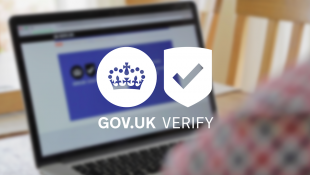Policy
Posts about policy on issues to do with identity assurance and GOV.UK Verify
Today we're publishing two posts that explain what we're doing to protect users' privacy when they use GOV.UK Verify. For the last three years we've been working with our Privacy and Consumer Advisory Group to embed privacy into the service. The …
When we designed the identity assurance architecture we wanted to protect users from identity theft and fraud, to secure their data as it is used online, and to reduce the amount of information needed from the user to a minimum. …
GOV.UK Verify will provide users with a simple, trustworthy and secure means of accessing public services. Privacy is an essential component of that trust relationship. I’m an independent privacy specialist working alongside the GOV.UK Verify team to ensure that the …
We’ve had a few questions on the blog and elsewhere about how GOV.UK Verify might be developed in the future for users of services in the wider public sector and in the private sector. At this stage, we're prioritising building …
The digital by default service standard sets out the standards that have to be met by government digital services. Part of the standard is about making sure that there is assisted digital support for those who need it. Each service …
GOV.UK Verify is the new way for people to prove their identity when accessing government services. It is primarily for people who want to access digital services for individuals - services relating to things like personal tax, passports and driver …
James Stewart has published a post about how GDS decides when it's ok not to publish source code. The identity assurance programme operates within the approach outlined by James. We do publish information about our design, but we don’t publish code …
As with all the work being done under the digital transformation programme, the identity assurance programme starts with user needs. But, in this case, there are two separate and contrasting needs to consider. We thought it would be interesting to …

